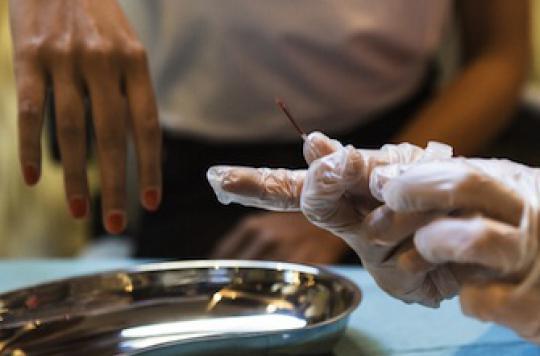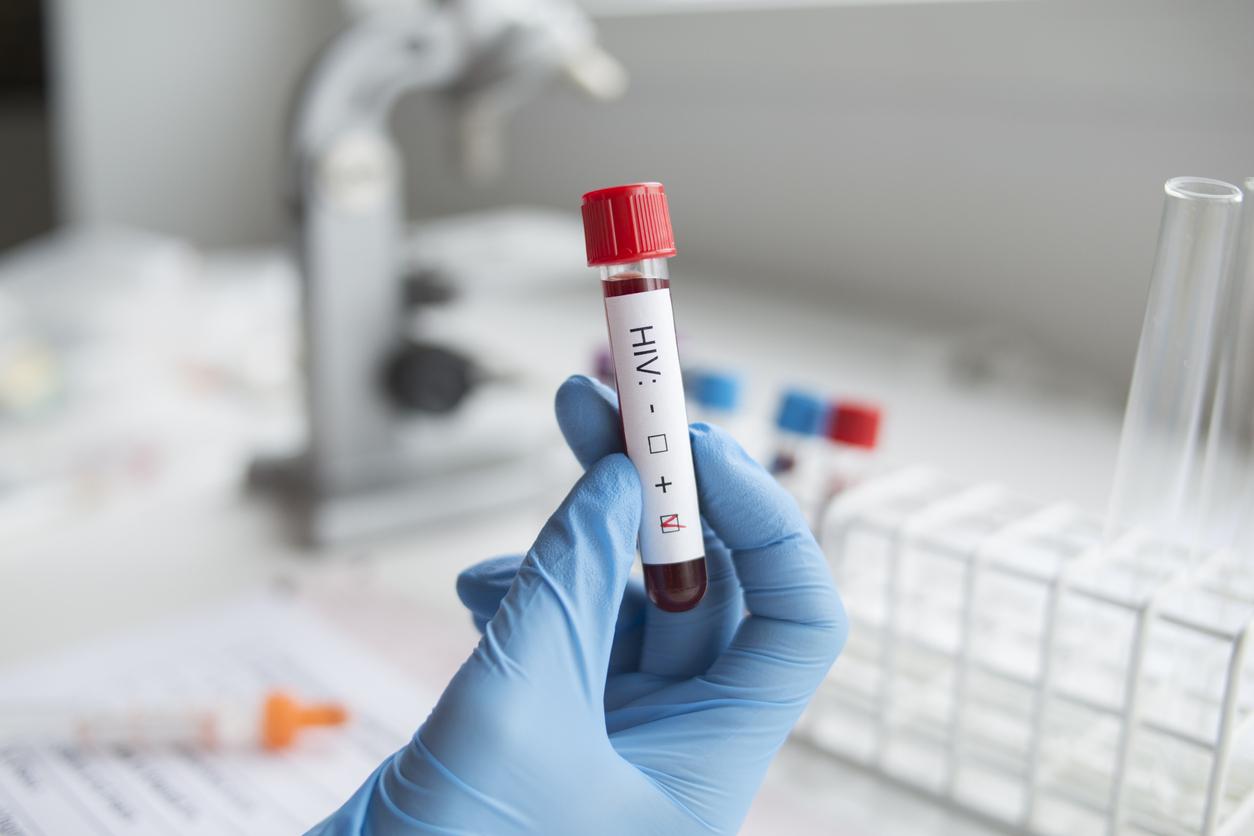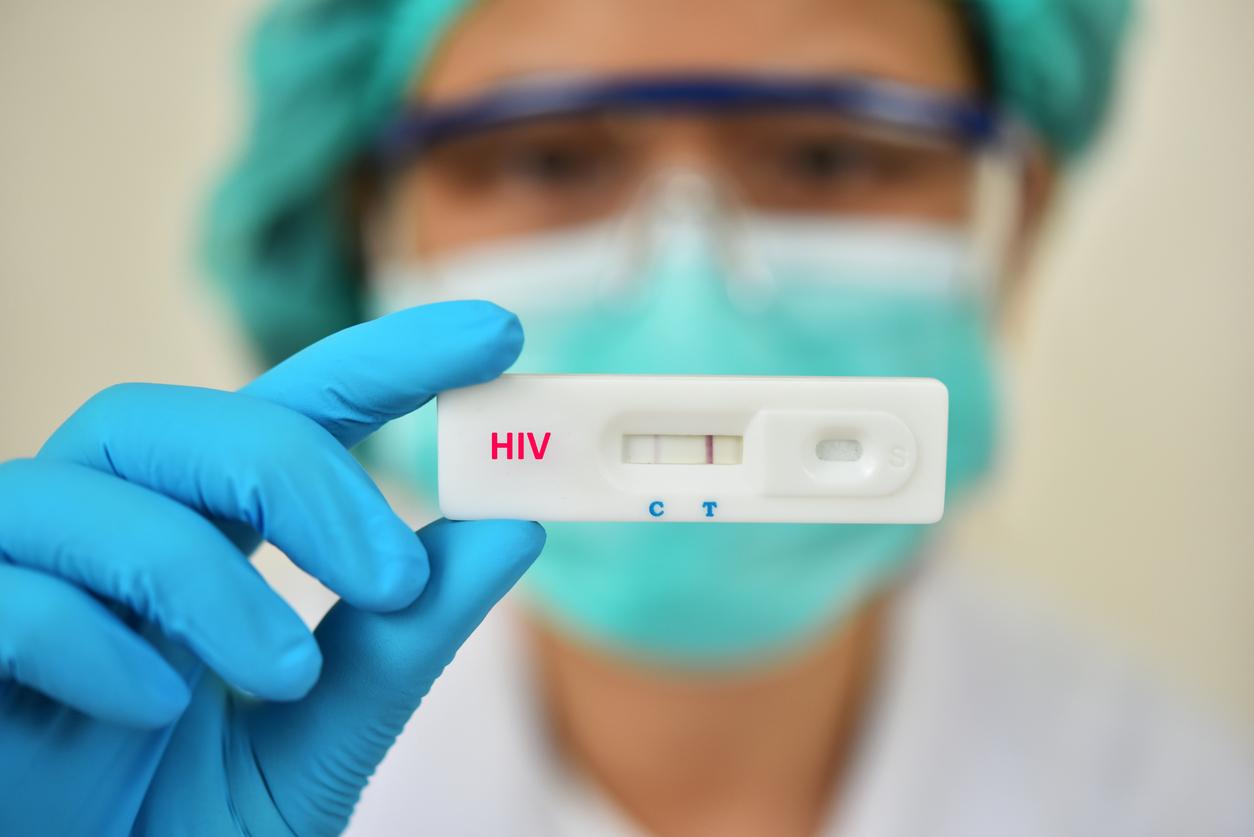The two AIDS patients in whom the researchers believed that a bone marrow transplant had cleared the virus had to resume their antiretrovirals.

The news had sparked a wave of hope among all those involved in the fight against AIDS. In 2010, a girl born HIV-positive in Mississippi was put on antiretrovirals from birth. Today she has no trace of AIDS. But talking about healing is still too early with this type of functional healing. And this is what reminds us this Tuesday the announcement made by American researchers at a conference on HIV in Florida. According to Timothy Heinrich of Brigham & Women’s Hospital (Massachusetts), the two Boston patients whose doctors had successfully eliminated all traces of HIV had to resume their antiretroviral treatment. The virus manifested again in their body.
An undetectable virus for several weeks
These results have not yet been published, but the bad news reported by the Medical Press Agency (APM) was announced at the end of last week. Both of these functional cures had been obtained in Boston HIV + patients who had received a bone marrow transplant to treat leukemia.
Last July, the American team presented the characteristics of these patients four and a half years after the transplant and eight and 15 weeks respectively after stopping antiretroviral treatment. As a result, HIV was no longer detectable in the blood cells of the two patients. While deeming these results “exciting”, Dr. Timothy then called for caution. “They are doing very well, but that does not yet indicate that these men are totally healed,” he said.
HIV reservoirs are hidden deeper in the body
And this communication was unfortunately not an excess of caution for the researcher. From the month following this announcement, the virus reappeared in one of the patients who therefore had to resume treatment. Then the virus reappeared in the second patient last month.
The re-emergence of the virus shows that reservoirs of HIV are “hidden” deeper in the body and more persistent than previously thought, specifies Timothy Heinrich in comments reported by the APM. The scientist goes on to say: “This suggests that we need to look deeper, or search in other tissues … the liver, the digestive system, the brain,” noting that due to the difficulty in obtaining samples of these organs, this is not done routinely.
American researchers will continue to study the various factors that could explain why the virus has remained undetectable longer in one patient than in another: the mode of contamination, the age at the time of contamination, the level of viral load before the transplant, when to stop antiretroviral therapy after the transplant. “All the hypotheses are to be studied”, they conclude.
.















